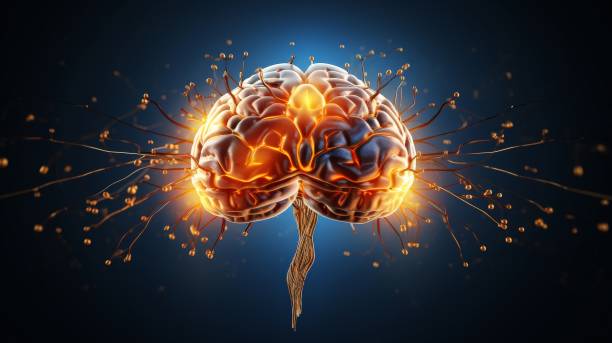
The brain's ability to adapt is nothing short of remarkable. Neuroplasticity is the mechanism behind this flexibility — allowing the brain to reorganize itself by forming new neural connections throughout life. This capacity is the key to recovery after brain injuries, learning new skills, and adapting to changing environments.
Neuroplasticity refers to the brain's ability to change and adapt, both structurally and functionally, in response to experience, learning, or injury. This reshaping happens by strengthening existing connections or forming entirely new pathways. It is especially active during childhood but continues throughout adulthood.
Neuroplasticity plays a critical role in:
After a brain injury, targeted rehabilitation leverages neuroplasticity to re-train unaffected areas to take over lost functions. The brain, with proper stimulation, can compensate for damage in ways previously thought impossible.
At Brainline, we believe in the power of neuroplasticity to support brain recovery and long-term health. Through awareness, education, and community outreach, we advocate for proactive brain care and rehabilitation strategies rooted in neuroscience.
Your brain is not fixed — it’s fluid and evolving. By adopting brain-healthy habits and continuously challenging yourself, you can tap into the incredible power of neuroplasticity to grow, heal, and thrive.